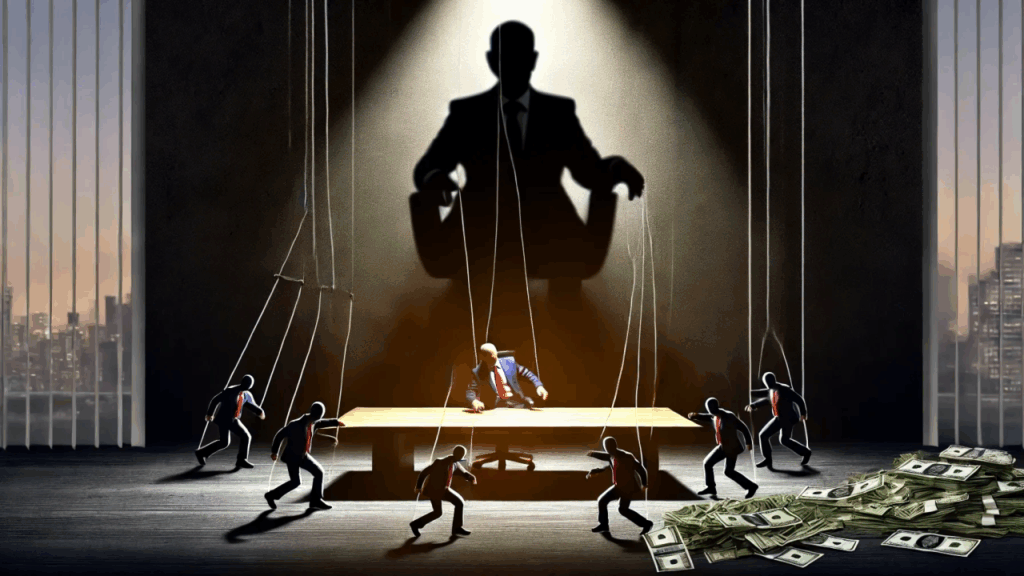The Games People Play

“Oh, the games people play now, every night and every day now. Never meaning what they say now, never saying what they mean…
Joe South, Games People Play (1968)
Negotiation is more than a transactional exchange; it’s a human encounter. It’s about perception, strategy, emotion, and psychology. At its heart, negotiation is a process of bringing people to agreement, and the ability to do so hinges on understanding the games people play.
What This Article Is About

This article is intended to prepare you, introduce you to, and guide you through the experience of managing the psychological dynamics that arise during extended negotiations. Whether you’re a lawyer, business executive, student or policymaker, recognizing the behavioral undercurrents of negotiation is essential.
Negotiation as a Game

The process of negotiation is often compared to a game of chess or a dance, both requiring carefully coordinated and calculated moves. A more fitting analogy might be a game of cards:
- You’re dealt certain cards (facts, leverage, limits).
- You don’t reveal your hand.
- You convey messages verbally, non-verbally, sometimes with a bluff.
- You try to induce the other party to fold or concede.
- You may never show your real cards, only signals, ensuring both sides leave the table feeling they made the right decision.
The Psychological Edge
Effective negotiators continually observe, assess, and adapt. They read body language, decode tone, evaluate reactions, and revise strategy accordingly. This is where psychology comes in to interpret the signals and plan your next move. Some widely recognized tactics include:
- Good Cop/Bad Cop – manipulating emotional response.
- Feet to the Fire – showcasing inflexibility to emphasize importance.
- Apology – invoking sympathy.
- Horse Trading / Tit for Tat – reciprocal exchanges akin to swapping pawns in chess.
- The objective – Shape perspectives, influence decisions, and reach results where both parties feel victorious.
Strategies & Tactics: The Negotiator’s Toolbox
Psychological techniques at a negotiator’s disposal include:
- Building rapport
- Controlling agendas
- Asserting power subtly
- Managing impulses – both yours and theirs
These tools are all designed to persuade, influence, and achieve alignment.
On Style: One Size Doesn’t Fit All
When it comes to negotiations especially in sales or contracts there is no universal style. Each lawyer or negotiator must develop a personal approach, rooted in self-awareness of their strengths and tailored to the client’s goals and temperament.
Some clients want warriors. Others prefer diplomats. A good negotiator discerns that difference before walking into the room. There’s nothing more unsettling for a lawyer than seeing their own client react negatively mid-negotiation.
Know the Characters
Over time, you’ll encounter a wide cast of negotiation personalities. Some may include:
- The loud, overbearing, and proudly obnoxious
- The relentless “just say no” types
- The serene, measured orator with a preacher’s cadence
- The number-obsessed bean counter
- The sarcastic, biting provocateur
- The bombastic acronym-user
- The seemingly helpless novice (who may not be)
Regardless of who you face charming, abrasive, narcissistic, or confused the key is to select and apply tactics that neutralize their psychological impact and redirect the discussion toward your desired outcome.
Final Thought
Negotiation is not just a skill. It’s an art, a science, and at times, a psychological duel. Mastering it involves more than knowing what to say; it’s about understanding how people think, react, and decide.
Adapted from teachings in “Negotiating Business Transactions: An Extended Simulation Course” by Daniel D. Bradlow and Jay Gary Finkelstein.
